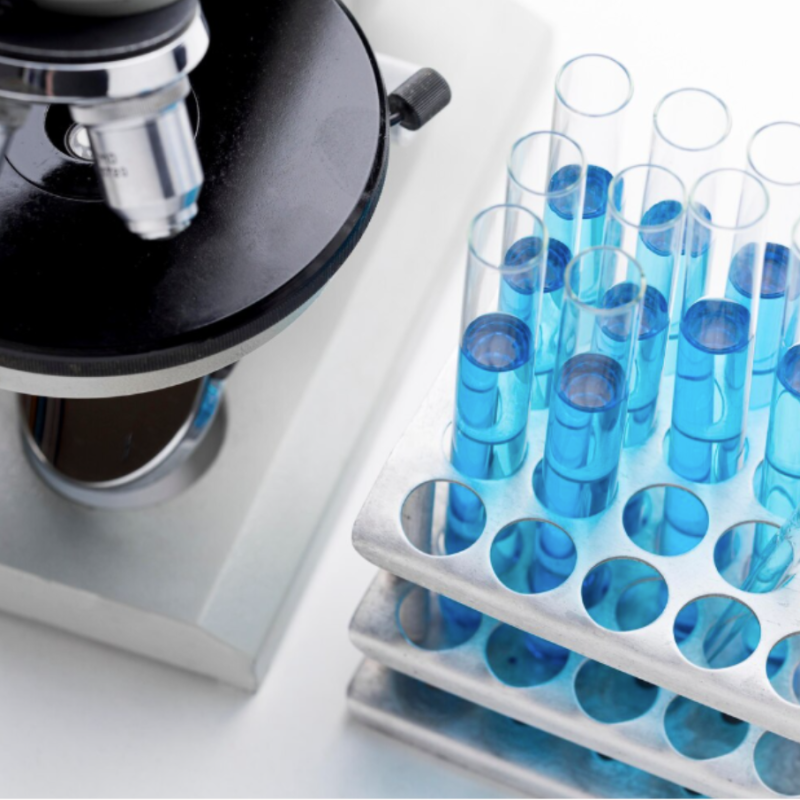Transcriptome profiling of human papillary and reticular fibroblasts from adult interfollicular dermis pinpoints the ‘tissue skeleton’ gene network as a component of skin chrono-ageing
Interactions between extracellular matrix (ECM) and fibroblasts are essential for maintaining dermis integrity, and are subject to ageing. The “tissue skeleton’ network connects ECM to the nucleus and DNA, impacting nuclear shape and gene expression.
In a previous Mech Ageing Dev publication, we have presented a transcriptomic study of papillary (Fp) and reticular (Fr) fibroblasts, with a main focus on Fp ageing. As shown here, ageing affects ötissue skeleton’ transcripts, even more clearly in Fr than in Fp. Accordingly, using circular index measurement, we show that nuclear shape is affected by ageing in both cell fractions.
In paucicellular tissues such as the human interfollicular dermis, the relationship between fibroblasts and extracellular matrix (ECM) has a major functional importance (Vedrenne et al., 2012; Cole et al., 2018). This relay initiates the perception of intra-tissue variations of biological parameters (growth factor and hormone levels, toxins…) and mechanical changes. Although the roles of biological effectors have been studied for years, mechanical stimulations are studied only since recently (Caberlotto et al., 2017).
Some mechano-sensible transcription factors are involved in rapid (minutes) responses to mechanical stimulations (Dupont et al., 2011), while others follow longer (days) kinetics (Dingal et al., 2015). In addition, mechanical solicitations impact cellular physiology via epigenetic mechanisms. For example, substrate rigidity can modify nuclei volume and polarization, and influence sub-nuclear localization of acetylated histones (Kim and Wirtz, 2015 and Kim et al., 2017).
This control is ensured by a protein network that bridges ECM fibrillar proteins and nuclear DNA. ECM proteins connect to the intracellular cytoskeleton via focal adhesion points, which itself connects to the nucleoskeleton via complexes classified as linkers of nucleoskeleton and cytoskeleton (LINCs) (for reviews, see Zhong et al., 2010; Dahl and Kalinowski, 2011). At the end of this chain, the nucleoskeleton is connected with genomic DNA. A scheme of the ‘tissue skeleton’ network is presented in Fig. 1A.





